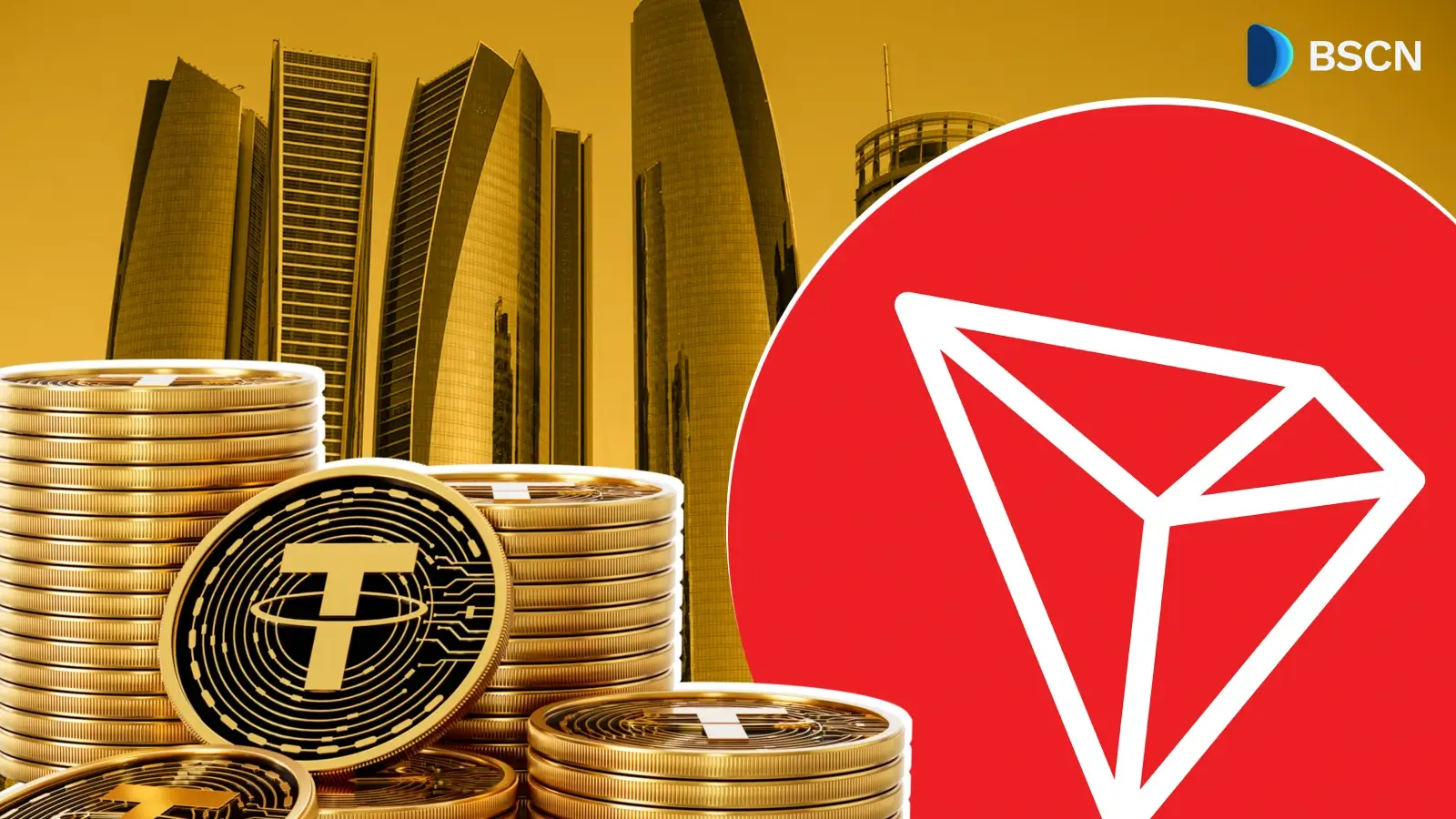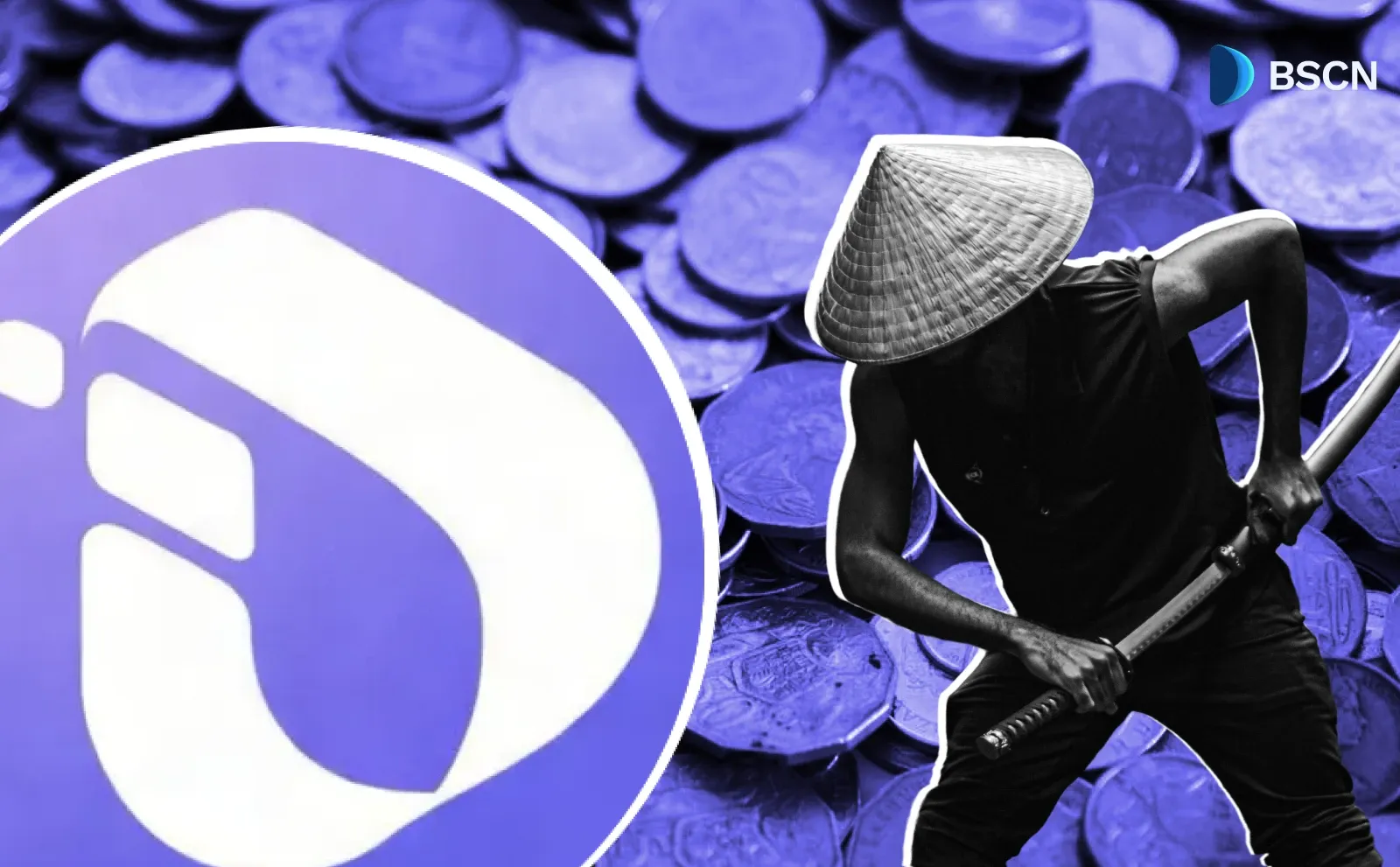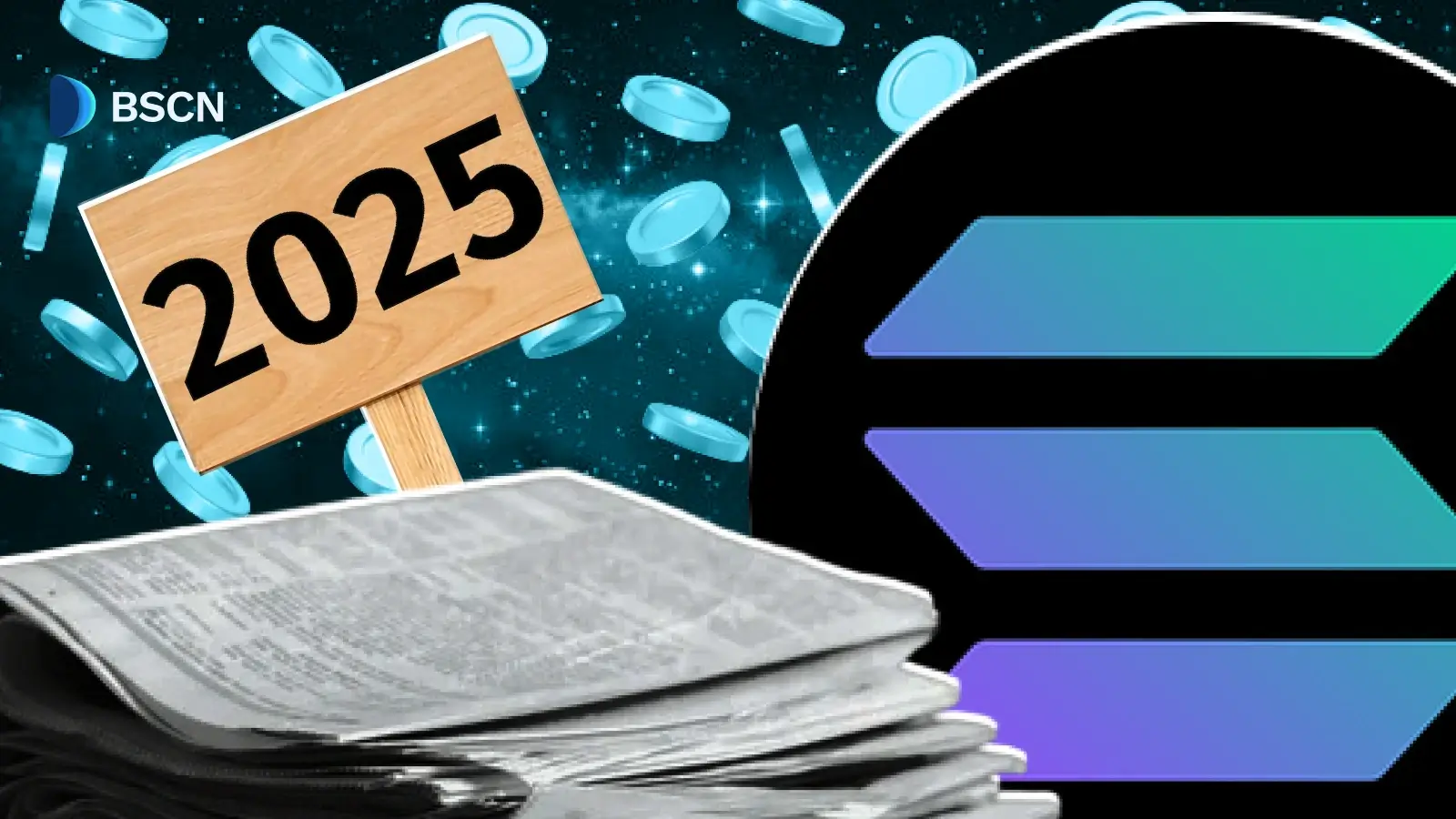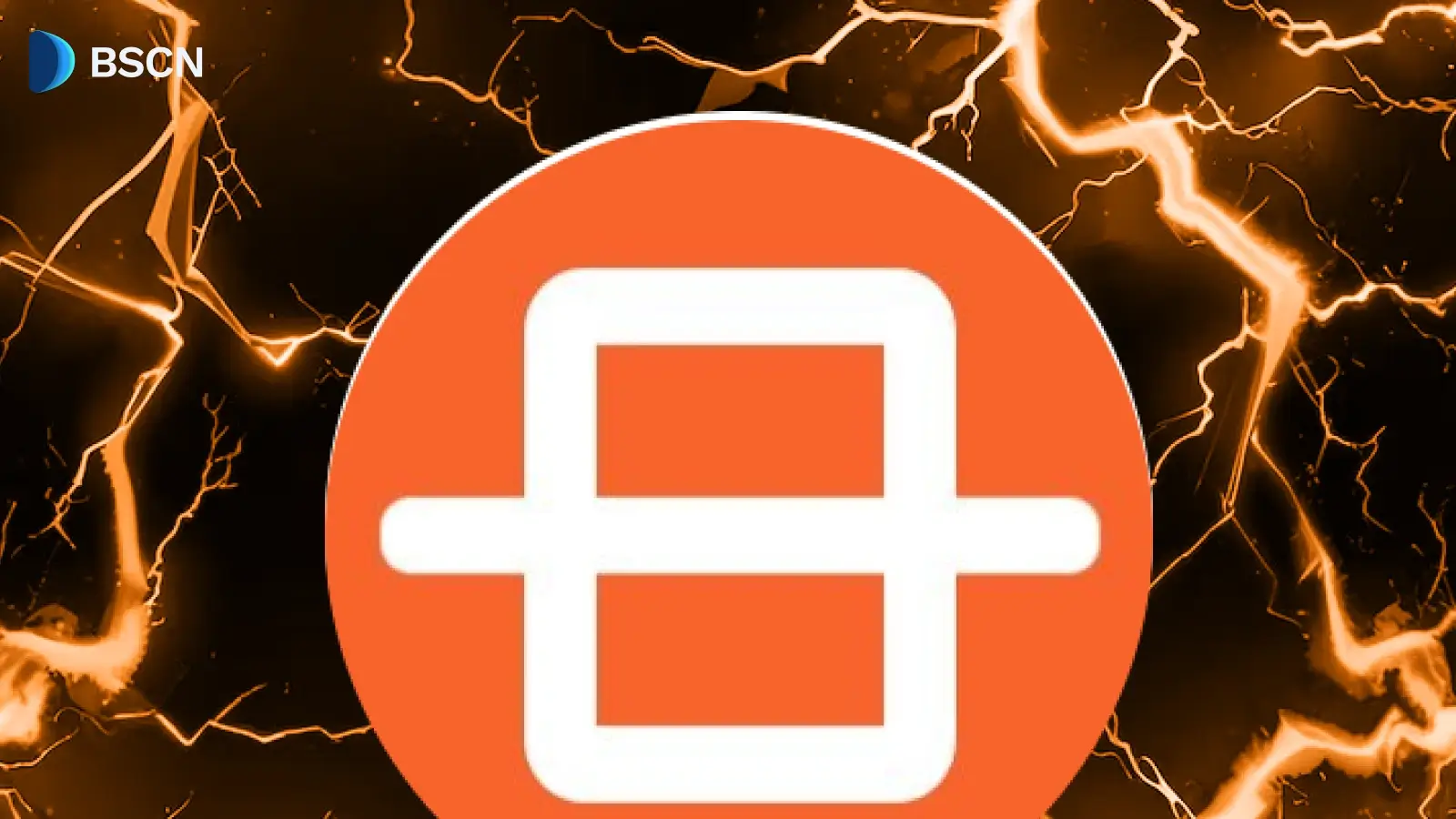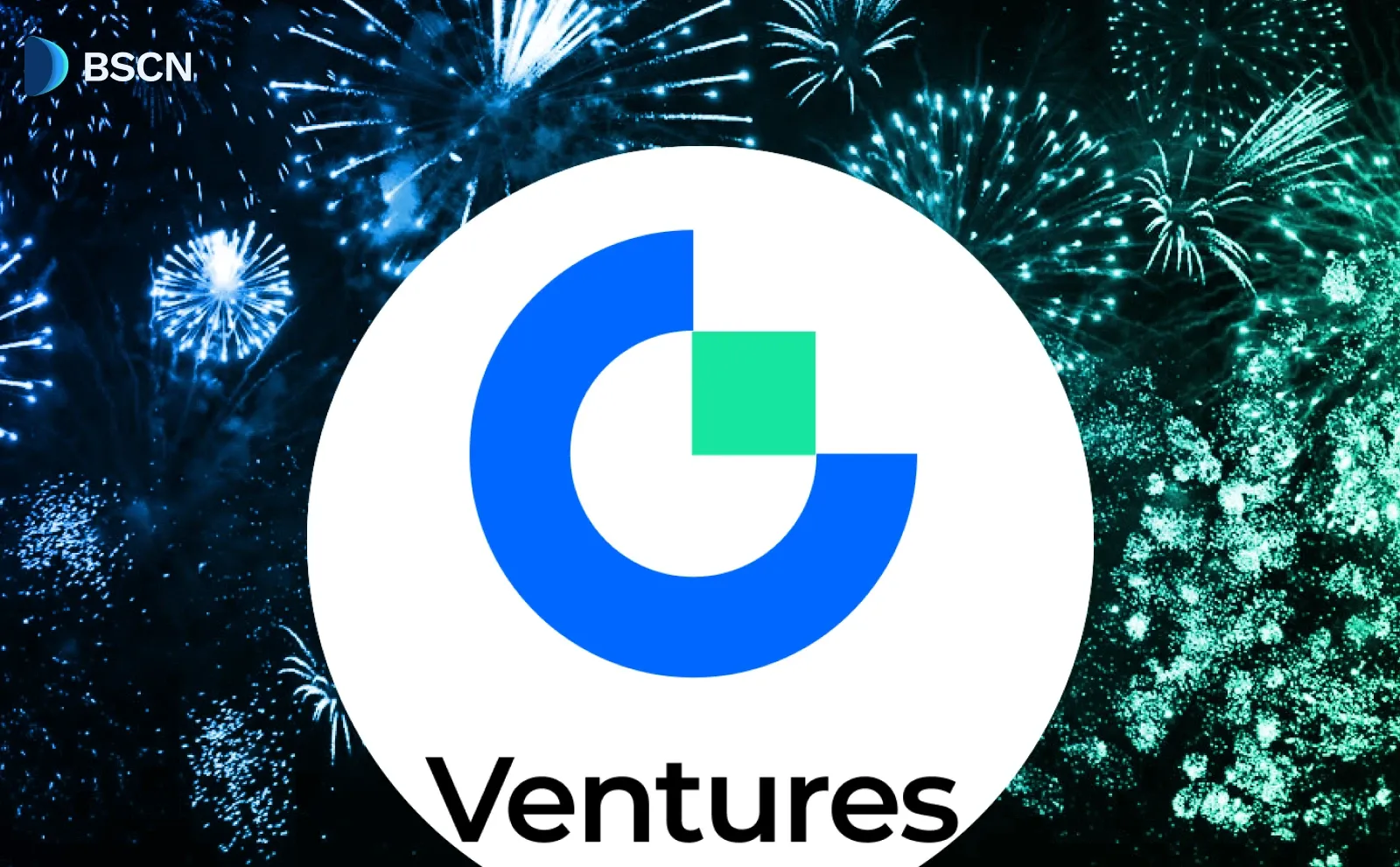Review
(Advertisement)
Full Analysis: MegaETH and its Place in the Crypto Industry
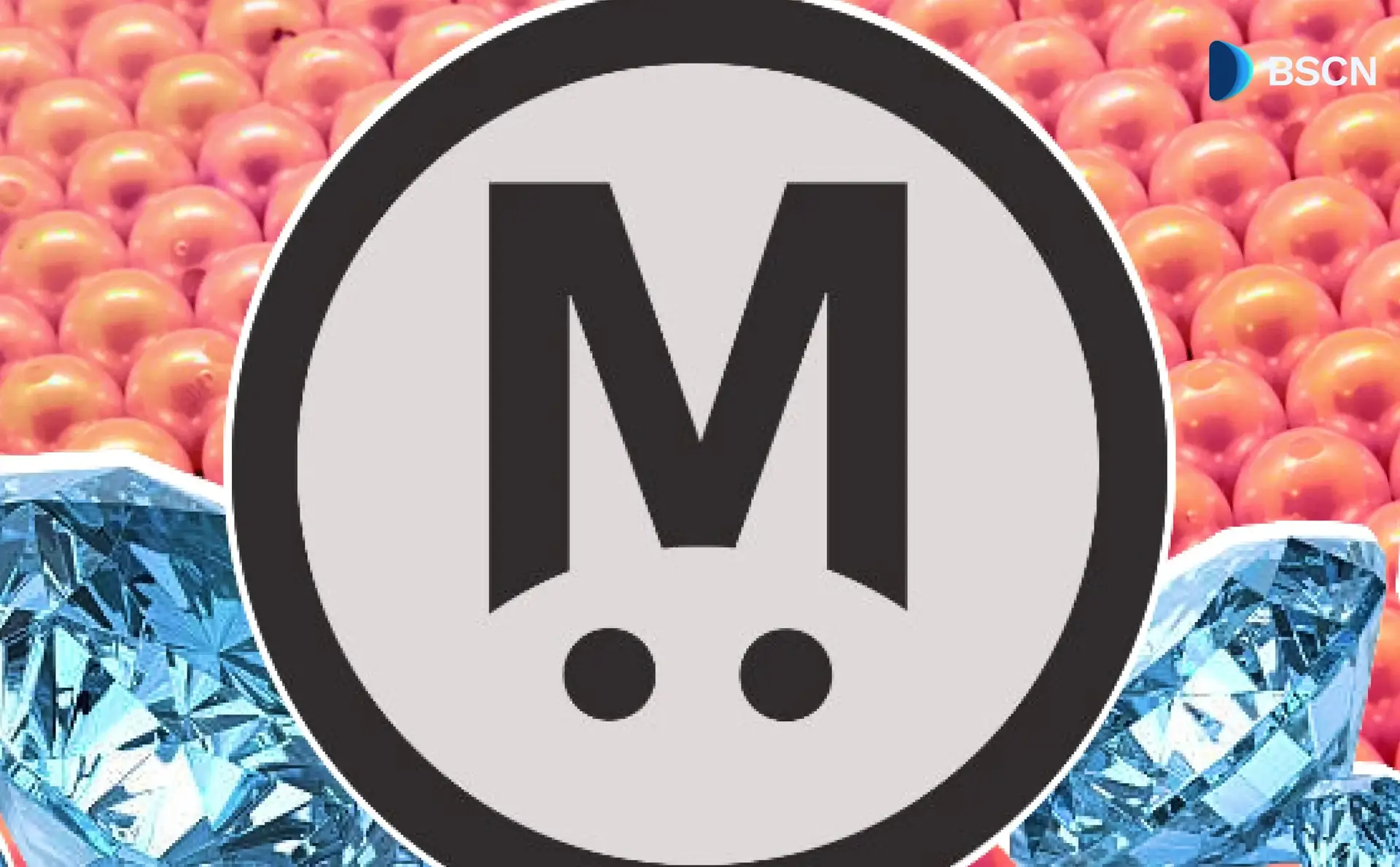
Complete analysis of MegaETH, the Ethereum Layer 2 solution promising sub-millisecond latency and 100,000+ TPS. Explore its technical innovations, funding, and crypto industry impact.
Crypto Rich
July 9, 2025
(Advertisement)
Table of Contents
Ethereum has a speed problem. Despite being the backbone of DeFi and NFTs, it can feel painfully slow compared to the snappy responsiveness we expect from modern apps. MegaETH thinks it has the answer.
Developed by MegaLabs, this Layer 2 solution promises something that sounds almost too good to be true: "real-time Ethereum" with sub-millisecond latency and over 100,000 transactions per second. The project has already caught the attention of some notable figures, raising $57 million and garnering backing from Ethereum's co-founder, Vitalik Buterin.
But here's what makes MegaETH different. While most scaling solutions force you to choose between speed and security, MegaETH claims it can deliver Web2-level performance without compromising on Ethereum's rock-solid security guarantees. Bold claim? Absolutely. Let's dig into whether they can actually pull it off.
What Is MegaETH?
So what exactly is MegaETH? Think of it as Ethereum's speed boost. Built by MegaLabs, it's a Layer 2 solution that remains fully compatible with Ethereum's existing ecosystem while targeting performance levels that rival the fastest blockchains available.
The numbers are impressive. MegaETH's public testnet is already hitting 10-millisecond block times with over 20,000 transactions per second. That's just the warmup act. The team has its sights set on a 1-millisecond latency when the mainnet launches later this year.
Why does this matter? Speed opens doors. We're talking about applications that were previously impossible on blockchain: high-frequency trading that executes in milliseconds, real-time games where every move counts, and social apps that feel as responsive as Twitter or Instagram.
MegaETH isn't just making things faster—it's trying to unlock entirely new categories of blockchain applications that could finally bridge the gap between crypto and mainstream adoption.
Technical Deep Dive
Here's where things get interesting. MegaETH's secret sauce lies in something called heterogeneous blockchain architecture. Sounds complicated? It's actually pretty clever.
Instead of forcing every computer in the network to do the same job (like most blockchains), MegaETH lets different nodes specialize. Think of it like a well-organized kitchen where the chef, prep cook, and dishwasher each handle what they do best.
Unlike traditional Layer 2s like Arbitrum or Optimism, which process transactions in batches and submit them to Ethereum periodically, MegaETH processes transactions continuously in real-time. While zkSync uses zero-knowledge proofs to batch and verify transactions (adding computational overhead), MegaETH's approach eliminates batching delays entirely.
Node Specialization Architecture
The system employs four distinct node types, each optimized for specific tasks:
- Sequencer Nodes are the speed demons. They handle transaction ordering and execution using hardware that costs about 20 times more than Solana validators but delivers 5-10 times better performance. A single sequencer can process transactions in 1-10 milliseconds, producing blocks almost instantly.
- Full Nodes act as the validators, checking blocks using state differences and cryptographic proofs rather than re-running every transaction. They run on standard hardware similar to Ethereum nodes, keeping costs reasonable and the network decentralized.
- Replica Nodes are the lightweight participants. They receive transaction results without doing heavy validation work, making it easy for more people to participate in the network.
- Prover Nodes work behind the scenes, generating cryptographic proofs off-chain to keep the main network running at full speed.
EVM Optimization and Performance
MegaETH also tackles some fundamental bottlenecks that slow down Ethereum's virtual machine. One major issue is called "Merkleization"—essentially the process of organizing and verifying transaction data that creates significant computational drag on traditional blockchains. The team has developed solutions that streamline this process.
The result? They're hitting 2-5 giga gas per second (think of "gas" as computational fuel—the more gas per second, the more transactions the network can process). This performance comes from continuous transaction processing rather than the batch-based approach most chains use, where transactions wait in groups before being processed.
The system is smart about managing load too. It dynamically adjusts block sizes based on the network's capacity and charges higher fees for computationally intensive transactions. This prevents slowdowns when things get busy.
Security and Data Availability
But what about security? This is where MegaETH gets clever. Rather than building everything from scratch, it leans on Ethereum's battle-tested security by publishing state proofs to the main network. Think of Ethereum as the ultimate backup—ensuring censorship resistance and final settlement.
For data storage, MegaETH partners with EigenDA, a specialized data availability layer built on Ethereum's validator network. This means transaction data is stored and verified by the same validators securing billions in ETH, providing enterprise-grade reliability without MegaETH needing to bootstrap its own validator set.
The final piece comes from Optimism's fault-proof system, which acts as an additional safety net. If someone tries to submit fraudulent transactions, this system can detect and reverse them. Together, these partnerships create multiple layers of security while letting MegaETH focus on what it does best—speed.
Funding and Community Strategy
Follow the money, and you'll often find the real story. MegaLabs has raised $57 million, but the way they did it tells us something interesting about their approach to community building.
It started conventionally enough. The initial $20 million seed round in June 2024 was led by Dragonfly Capital, with the usual suspects joining in—Figment Capital, Folius Ventures, and Robot Ventures. What made it special were the angel investors: Vitalik Buterin, ConsenSys founder Joseph Lubin, and EigenLayer's Sreeram Kannan. When Ethereum's co-founder puts his money behind your project, people pay attention.
December brought another $10 million through the Echo platform. This one was wild—the round closed in under three minutes with 3,200 investors from 94 countries fighting to get in. Clearly, retail interest was heating up.
Then came February 2025, and things got controversial. Instead of another traditional funding round, MegaLabs launched something different: a $27 million NFT mint. They offered 10,000 soulbound NFTs at 1 ETH each (roughly $2,800 at the time).
Community-Driven NFT Mint
Here's where it gets interesting. These aren't your typical JPEGs. NFT holders will share at least 5% of MegaETH's token supply among the 10,000 holders, with potential for more as the NFTs "evolve" over time. The team positioned this as community fundraising rather than just another cash grab.
The crypto community had sharply divided reactions. Supporters praised the innovation—finally, an alternative to the tired points-farming airdrops that have dominated the space. They argued it creates genuine community ownership and prevents bot farming.
Critics weren't buying it. Many called it an expensive paywall that excludes smaller investors, fundamentally at odds with crypto's inclusiveness. The $2,800 price tag meant that only well-funded investors could participate, potentially creating a two-tier system within the community.
The controversy highlights a broader tension in crypto: how do you balance preventing system gaming with maintaining accessibility? The mint sold out and raised the full $27 million, proving demand existed. But the backlash suggests the approach may have damaged the project's reputation among retail investors who felt shut out.
Community Engagement Programs
Beyond the controversial NFT mint, MegaETH has built a pretty solid community operation. MegaMafia is their flagship accelerator program (yes, that's the actual name)—an intensive, hands-on incubator where developers are flown to physical locations for month-long sprints to build applications that can only exist on MegaETH. The first cohort in Berlin produced 6 projects, while the second in Chiang Mai during Devcon 2024 brought together 50 builders and resulted in 17 projects. The program has already helped portfolio companies raise over $40 million from top-tier VCs.
They've also hosted events like MegaZU at Devcon7 in Bangkok, drawing over 1,000 attendees.
The team's approach to branding is refreshingly authentic. They blend serious technical credibility with meme culture, largely thanks to the founders being active on social media. It's a strategy that's worked—they've built visibility across both the hardcore tech crowd and retail investors.

Team and Leadership
The team behind MegaETH reads like a who's who of the crypto and academic worlds. Founded in 2024 in San Francisco, they've assembled a group that combines serious technical chops with real-world industry experience.
Lei Yang serves as Co-Founder and CTO, bringing a fresh PhD in computer science from MIT. His research focused specifically on distributed systems and blockchain networking at MIT CSAIL's Network and Mobile Systems Group—exactly the expertise needed to solve MegaETH's core challenge of coordinating specialized nodes across a network. His academic work on consensus algorithms and network optimization directly informs MegaETH's heterogeneous architecture.
Yilong Li co-founded the project fresh off completing his PhD in computer science at Stanford University, where his research centered on system performance and optimization. This background proves crucial for MegaETH's goal of maximizing EVM execution speed.
Shuyao Kong rounds out the co-founding trio, bringing seven years of experience from ConsenSys where she was global head of business development. Her deep understanding of Ethereum's ecosystem and enterprise adoption challenges helps MegaETH navigate partnerships with established players like EigenDA and Optimism. Known on social media as "Bing Xiong" or "Brother Pie," she's maintained her role as a ConsenSys advisor while diving deep into the MegaETH project.
Namik Muduroglu serves as Chief Strategy Officer and founding team member. His background spans ConsenSys and Hypersphere, where he specialized in identifying and nurturing breakthrough blockchain technologies—experience that's proving valuable as MegaETH builds its developer ecosystem.
Laura Shi operates as Chief Operating Officer, bringing operational expertise from scaling high-growth technology companies. While her background isn't extensively public, her role becomes critical as MegaETH transitions from research project to production-ready platform, managing everything from team coordination to mainnet deployment logistics.
What stands out about this team isn't just their credentials—it's how their specific expertise aligns with MegaETH's technical challenges. They're refreshingly transparent in their communication and actually respond to community feedback. In a space full of anonymous teams and corporate speak, that kind of authenticity goes a long way toward building trust.
Ecosystem and Applications
Speed changes everything. When transactions happen in milliseconds instead of minutes, entirely new types of applications become possible. The testnet numbers speak for themselves: over 4.6 billion transactions have been processed across 5.3 million blocks, with the network consistently maintaining 724 transactions per second.
- Euphoria is probably the most interesting example so far. It's a SocialFi/DeFi hybrid that makes derivatives trading feel like a mobile game. Their "Tap Trading" interface lets users predict price movements with the kind of instant responsiveness you'd expect from a mainstream app, not a blockchain application.
- Crossy Fluffle serves as a testnet showcase for what real-time blockchain gaming can look like, demonstrating how low-latency blockchain performance can enable interactive gaming experiences.
- Teko Finance is building DeFi applications designed to take advantage of high-frequency transactions, showing the potential for sophisticated financial products that require split-second execution.
- Superboard has become the go-to platform for testnet NFT minting, with collections like Bad Bunnz and Megalio showing real profitability. When your blockchain can handle massive mint events without breaking a sweat, creators notice.
Emerging Use Cases
But this is just the beginning. The real potential lies in applications that haven't been built yet. Think about on-chain gaming with sub-100ms response times for real-time combat. Or DePIN networks, where physical devices can coordinate in real-time. High-frequency trading strategies that were previously tethered to centralized exchanges can now operate on-chain.
The ecosystem currently leans heavily toward SocialFi and DeFi, but as word spreads about the platform's capabilities, expect to see experiments in areas we haven't even thought of yet.
MegaETH's Place in the Crypto Industry
Where does MegaETH fit in the increasingly crowded world of Ethereum scaling? The team positions it as a major step forward for scalable EVM chains, which is a bold claim in a space full of bold claims.
But the numbers suggest they might be onto something. While most Layer 2s are still working on basic scalability, MegaETH is targeting performance metrics that could compete with the fastest blockchains in existence.
Competitive Advantages
- Performance Without Trade-offs: Most competitors force you to choose between speed and decentralization. MegaETH's architecture sidesteps this entirely by leveraging Ethereum's security while optimizing for speed through specialized nodes.
- Superior to Solana's Model: Solana gets a lot of attention for its speed, but it requires every validator to run expensive, uniform hardware. MegaETH's specialized approach delivers better performance while keeping full node costs reasonable, making the network more accessible.
- Focused Approach vs. Competitors: Projects like Blast, ZkSync, and Scroll have raised massive war chests—hundreds of millions each. But they're trying to be everything to everyone. MegaETH's laser focus on real-time performance might be exactly what the market needs.
Industry Impact and Endorsements
When Vitalik Buterin puts his money and reputation behind a project, the industry pays attention. His investment isn't just financial—it's a technical endorsement that carries serious weight.
If MegaETH delivers on its promises, it could solve one of the biggest barriers to mainstream crypto adoption: the performance gap between blockchain apps and the snappy experiences users expect from traditional apps.
Conclusion
MegaETH isn't just another Layer 2—it's a bet on a very specific future for blockchain technology. The team has built something technically impressive, raised significant funding from reputable investors, and attracted a growing community of developers and users.
The $57 million in funding, Vitalik's endorsement, and the growing testnet activity all point to a project with real potential. The heterogeneous architecture and specialized node design address genuine problems that have held back blockchain adoption for years.
The testnet has already proven the technology works. The mainnet launch in late 2025 represents the next step in translating impressive testnet performance into a production-ready platform for mainstream adoption.
MegaETH is positioned to unlock new categories of blockchain applications that feel as responsive and intuitive as the apps we use every day. Given the team's credentials, backing, and demonstrated performance, this could represent a genuine breakthrough for the entire crypto ecosystem.
To follow MegaETH's progress and stay updated on development milestones, visit the official website at megaeth.com or follow the team on X @megaeth_labs. The public testnet is available at testnet.megaeth.com for developers interested in exploring the platform's capabilities.
Read Next...
Disclaimer
Disclaimer: The views expressed in this article do not necessarily represent the views of BSCN. The information provided in this article is for educational and entertainment purposes only and should not be construed as investment advice, or advice of any kind. BSCN assumes no responsibility for any investment decisions made based on the information provided in this article. If you believe that the article should be amended, please reach out to the BSCN team by emailing [email protected].
Author
 Crypto Rich
Crypto RichRich has been researching cryptocurrency and blockchain technology for eight years and has served as a senior analyst at BSCN since its founding in 2020. He focuses on fundamental analysis of early-stage crypto projects and tokens and has published in-depth research reports on over 200 emerging protocols. Rich also writes about broader technology and scientific trends and maintains active involvement in the crypto community through X/Twitter Spaces, and leading industry events.
(Advertisement)
Latest News
(Advertisement)
Crypto Project & Token Reviews
Project & Token Reviews
Comprehensive reviews of crypto's most interesting projects and assets
Learn about the hottest projects & tokens






